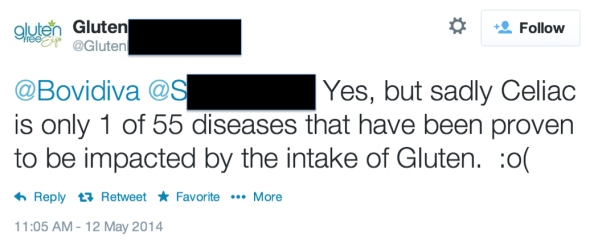In our brave new world, where questioning authority and searching for truth are championed as positive attributes, it is ironic that we tend to follow predictable behaviour patterns when faced with new information. Decisions which we consider to be impartial, or opinions that we hold about controversial issues based on evidence, balance and facts, may prove to be anything but when scrutinised further.
Take, for example, the preponderance of media articles suggesting that meat and dairy consumption are unhealthy – for us, the animals and the planet. One of the most recent, a plea from film-maker and deep-sea explorer James Cameron, plays upon three phenomena relating to decision-making – cultural cognition, bad news bias and confirmation bias.

We assume that we make impartial, balanced decisions, but we’re far more subject to bias than we may think. Graphic from Capper (2017) Cattle Practice.
Celebrities have been used to sell products, messages and ideologies for centuries, from the Royal Family endorsing Wedgewood pottery in the 1760s, to Bette Davis advertising shampoo in the 1950s and Joanna Lumley now gaining publicity for activist causes. However, fame doesn’t imply any degree of expertise, knowledge or understanding of the issue, just a belief that the solution lies with X, whatever X might be.
Most of us aim to be like our heroes, whether they are famous based on appearance, acting ability, athletic skill or career prominence; thus we are prone to cultural cognition. If I believe that celebrity A believes that something is right/wrong and I aspire to being like this celebrity, I am more likely to adopt their message without question. The fact that a famous Hollywood film maker (and deep-sea explorer – seriously, who doesn’t aspire to be a deep-sea explorer?) has sufficient belief to write an op-ed in The Guardian claiming that we should all reduce meat and dairy consumption, therefore resonates with us far more highly than the same message from a non-famous individual.
The inevitable “this is killing us and the planet” rhetoric adds an extra layer of credibility via bad news bias, in that we are preconditioned to believe negative news over positive news. “Bad news sells” is clichéd, yet true (and explains the popularity of “X Causes Cancer” stories in the Daily Mail) and we need five pieces of positive information to negate each piece of negative information.
Confirmation bias is the final layer in this anti-meat and dairy club sandwich. It’s difficult, if not impossible, to have missed media coverage of potential impacts of meat and dairy consumption on health. If we consciously (or subconsciously) absorb the message that these foods are bad, then Cameron’s claims that “eating too much meat and dairy is making us sick, greatly increasing our risk of heart disease, type 2 diabetes, several major cancers (including breast, liver and prostate) and obesity” agree with our existing bias and we are likely to believe them. However, these claims do not accord with (nor are linked to) current scientific literature on dairy consumption.
This would include, for example, a meta-analysis in Breast Cancer Research and Treatment, which demonstrated a negative association between dairy consumption and breast cancer, i.e. increasing dairy product consumption may be associated with a reduced risk of breast cancer. In addition, a dose-response meta-analysis in the European Journal of Epidemiology reported neutral associations (i.e. no clear positive or negative association) between dairy product consumption and cardiovascular and all-cause mortality. Perhaps even the recent article in Nutrition Research Reviews, which concluded that recommending reduced dairy consumption in order to lower saturated fatty acid intakes (and thus the risk of type II diabetes and cardiovascular disease) would have limited, or possibly negative effects.

Ice-cream (and other dairy products) may reduce the risk of breast cancer.
When the subject under discussion is the fictional lives of blue-skinned human hybrids (as per the film Avatar, directed by Cameron), it’s perhaps easier to use imagination than rely on scientific veracity. However, having an evidence basis for claims made in media articles is increasingly important, especially when the claims are made by those who are only prominent for their excellence in other (non-scientific) areas.
In the meantime, eat, drink and be merry over the next two weeks – content in the knowledge that clotted cream with your mince pie will not have adverse health effects, and may even prevent against cancer. Merry Christmas and a Happy New Year!













